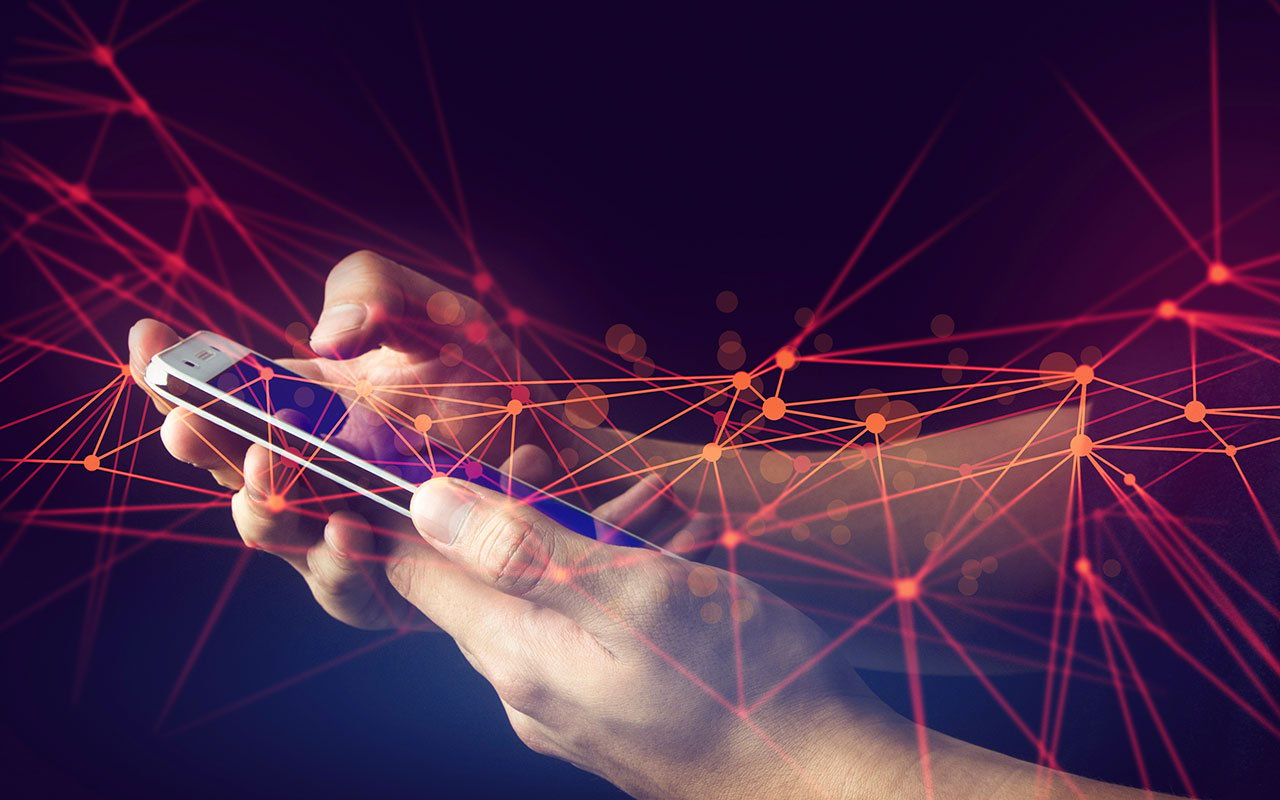
The future of smartphones belongs to next-gen phones. These phones differ from earlier iterations of smartphone technology in several key ways. They're faster, more powerful, and more durable. Next-gen phone systems have powerful integrated cameras with phenomenal photo quality, offer greater battery life, and come with built-in haptic technology. Many smartphone OEMs have embraced foldable phones to maximize screen size while retaining portability.
Haptic technology is an essential component of many of these changes. They provide detailed feedback that enhances user efficiency. This new approach to smartphones favors durable, sleek devices. These mobile devices use superior processing speeds to offer superior browsing and gaming experiences. Meanwhile, integrated piezo haptic drivers allow for nearly instantaneous, detailed feedback.
What Are Next-Gen Phones and Why Do They Matter?

Next-generation cell phones will take advantage of continued advances in software and hardware to provide a superior user experience. These Advancements will enable smoother phone operations compared to the current average phone. Meanwhile, the adoption of foldable phone technology is poised to expand.
The integration of haptic technology with cell phones is nothing new. Vibrating signals have long been a standard feature for most phones. Since the mid-2010s, smartphones have made use of haptic feedback systems for digital keyboards. Now, recent innovations have expanded the use of haptics to exciting new areas, such as solid-state buttons. Widespread adoption of these features will mean sleeker, more durable phones.
What To Expect With Next-Generation Phones
The next generation of cell phones will make use of piezo drivers to deliver high-definition haptic feedback. This technology mimics the texture and feel of traditional clicky buttons. Physical keyboards leave openings for dust, debris, and moisture to enter through. Mechanical buttons are bulky and prone to breaking. The wholesale replacement of these features with haptic technology will make for a more durable and aesthetically pleasing smartphone design.
Completely Buttonless Design
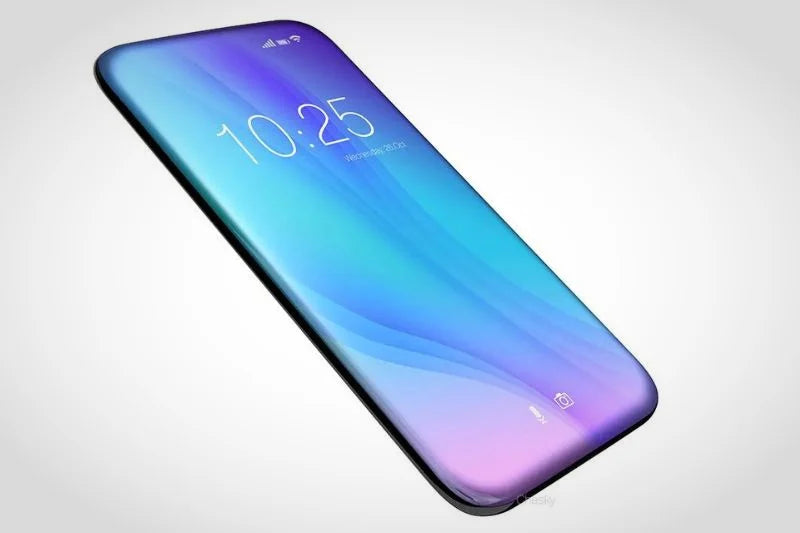
Buttons have been on the way out ever since the introduction of the Apple iPhone. But, while mechanical keyboards are a thing of the past, physical buttons have clung on in other parts of cell phone design. Most notably, the side volume button and on-off switch have remained. This is about to change, however.
Advances in solid-state buttons have eliminated the need for mechanical keys. Slide your thumb to the side of your smartphone. Click up and then down. Focus on the sensation of the moving button. Solid-state haptic technology will replicate that sensation through a solid, inflexible panel.
Physical feedback is vital to performing routine actions like lowering your phone's volume. With solid-state buttons, you'll retain that vital sensory feedback without the complications brought about by mechanical buttons. Haptic technology also offers a broader range of sensations than you would receive through physical buttons. Minute changes in pressure and texture can offer up opportunities for a diverse range of actions.
Immersive and Realistic Haptic Experiences
Future cell phones will make use of haptic technology to create immersive gameplay experiences. Already, haptic technology is well-integrated into console game controllers. When your character in a video game takes damage, the controller provides haptic feedback through buzzing. The use of rumble features in video games introduced haptic technology to the public back in the 1980s.
Now, finely tuned piezo driver technology is bringing haptic feedback to smartphone gaming. With high-definition feedback, this technology will immerse gamers deeper into their virtual world. Immersive haptic feedback isn't limited to gaming, however. You can use haptic feedback during routine smartphone functions, such as sliding a volume bar up and down. The slight physical resistance and hard stop once at the end of the column make it easy to forget that you're touching a non-mechanical button.
Immersive feedback can create superior user experiences while using applications on smartphones. Additional features such as texture changes can also facilitate easier actions.
Flexible Screens With Gorgeous Displays
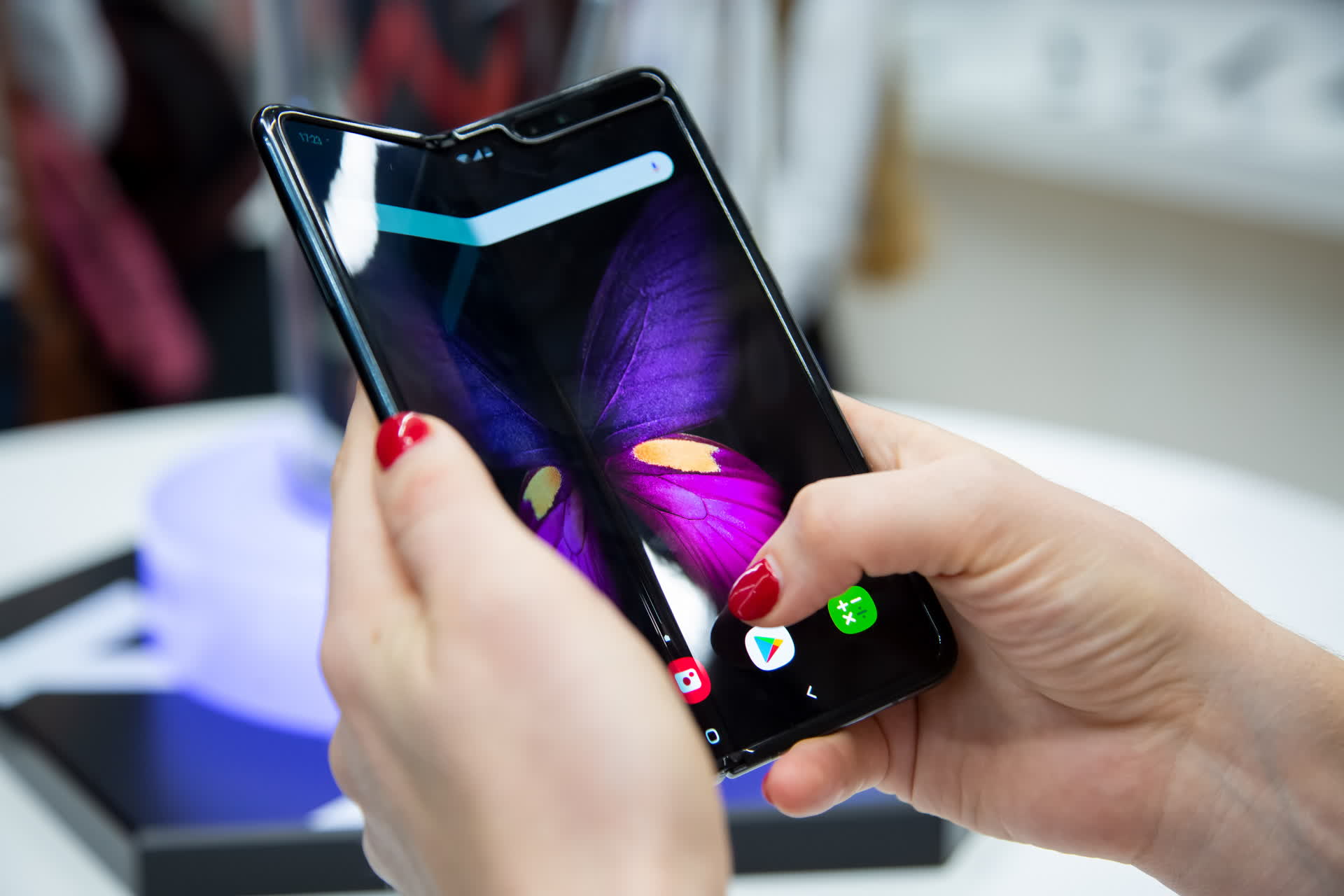
Smartphones with folding screens have exploded in popularity since the introduction of the Samsung Galaxy Fold in 2019. The technology's staying power and adoption by other major brands have shown it's more than a fad. Foldable phones offer more screen space in a convenient and easy-to-carry package. While foldable screens have mainly come in the form of flip phones, next-generation smartphones might roll into a tube that can be worn as a bracelet during physical activity.
Despite folding up, this alternate phone type doesn't sacrifice display quality. Stellar screens show video in crystal clear quality. Meanwhile, integrated haptic technology transforms these displays into fully functional touch screens.

Mechanical side button will get replace by piezo haptic button
The smartphone industry is constantly evolving, and one of the latest developments is the replacement of traditional mechanical side buttons with piezo haptic buttons. This change is driven by the many advantages that piezo haptic technology offers over mechanical buttons.
One of the main advantages is the compactness of the technology, which allows for more space within the device for other components or a bigger battery. Additionally, haptic piezo technology can provide a more rich haptic feedback, and can also provide localized haptic feedback, which is not possible with mechanical buttons. This means that the haptic feedback can be targeted to specific areas of the button, which can provide a more intuitive and satisfying user experience.
Why Haptic Technology Is the Pivotal Feature of Future Smartphones
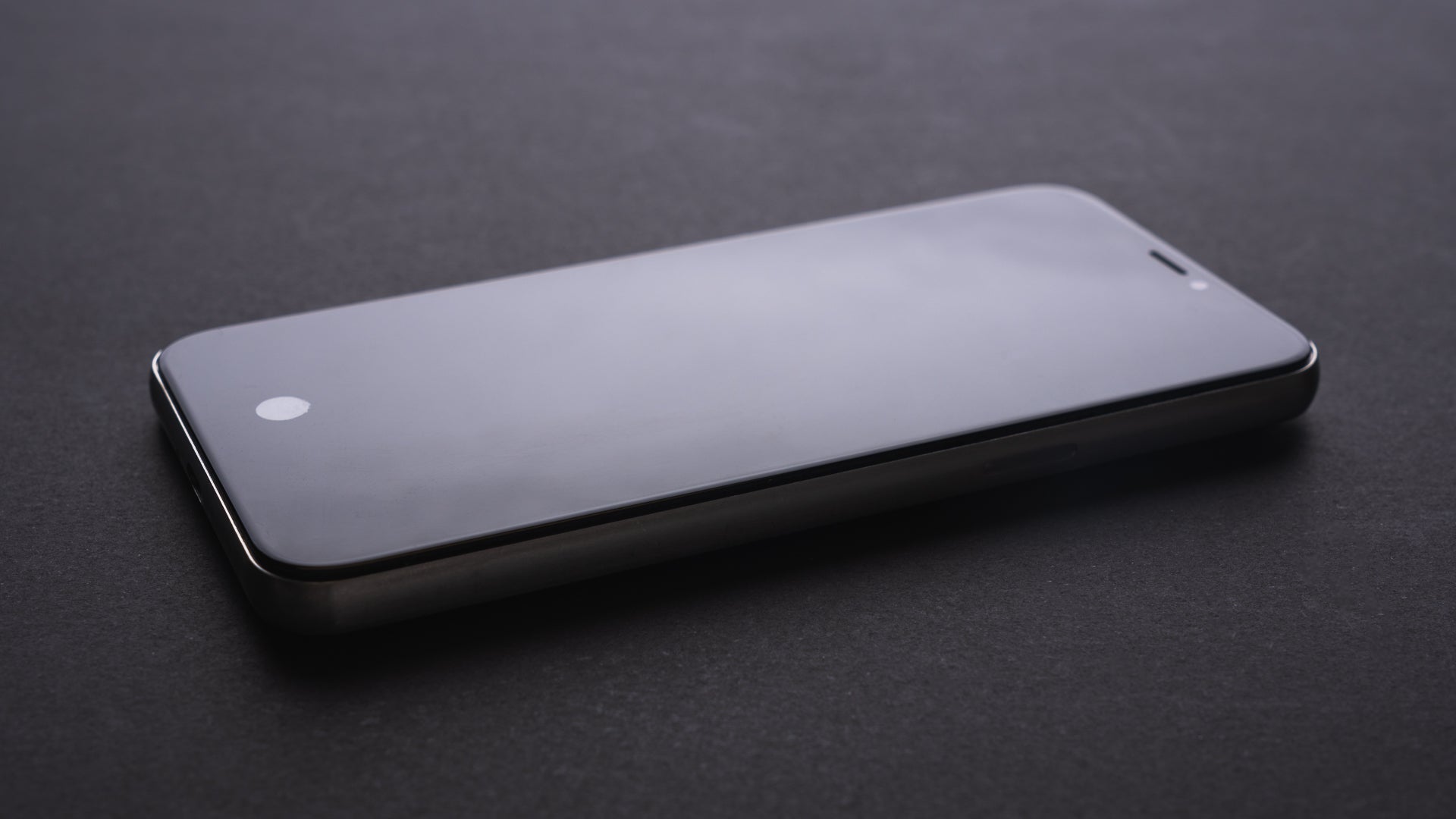
Next-gen phone systems promise haptic feedback systems that perfectly imitate the feel and texture of mechanical buttons. Already, advances in piezo driver technology have enabled high-definition haptic feedback that can simulate a wide range of sensations from the clicking of a button to different textures. Touch is inextricably linked to memory. Haptic feedback technology takes advantage of this fact by training smartphone users to perform different actions.
When a smartphone user performs an action, they receive a specific piece of feedback. This could be a soft or hard buzz. It might consist of a short or long vibration. By differentiating feedback, haptic technology enhances efficiency by speeding up routine processes.
Ushering in the Next Wave of Powerful Smartphones With Piezo Haptics
Don't get left behind as smartphones continue to grow more powerful and user-friendly. Use piezo haptics to enhance the user experience or elevate smartphone gaming with sophisticated haptic feedback. The next generation of smartphones will use high-definition haptic feedback to replicate the feel of traditional clicky buttons.
Learn more about how piezo haptic drivers from Boreas Technologies can take your smartphone to the next level.
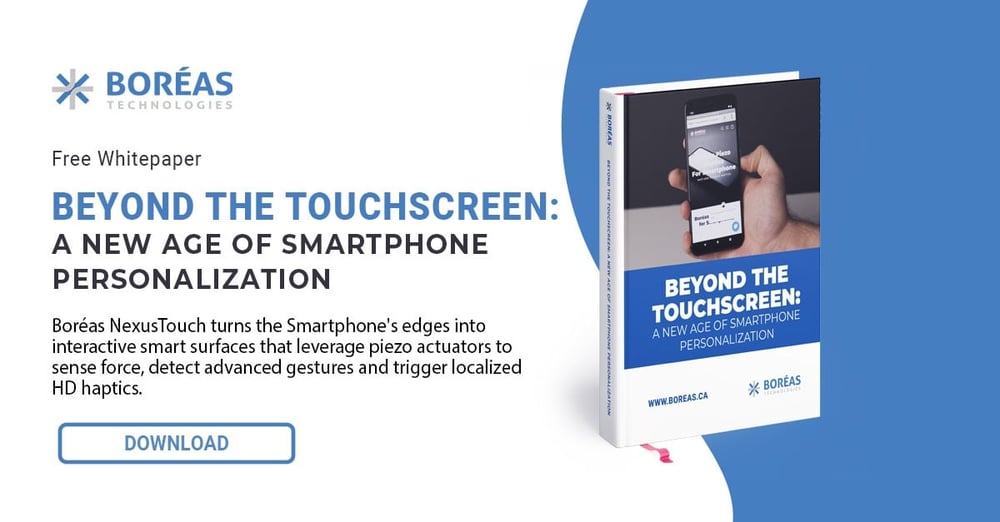

Leave a comment